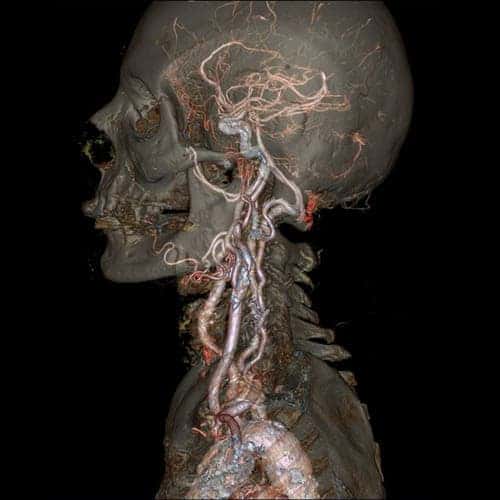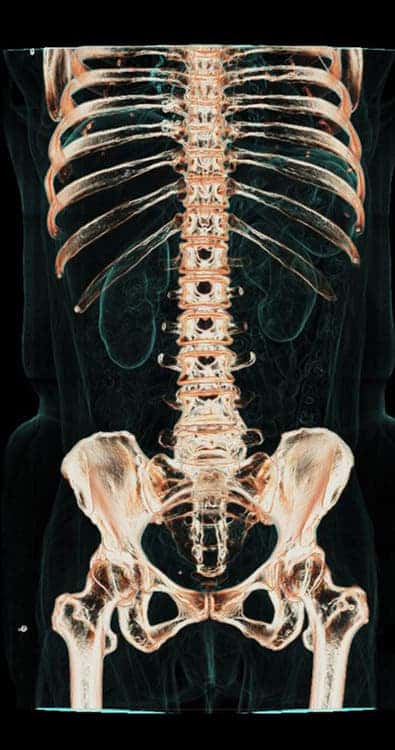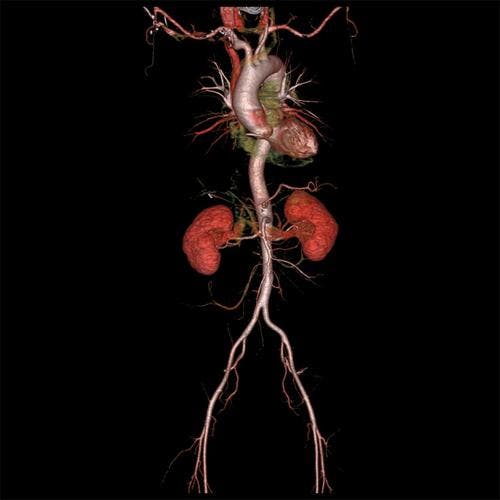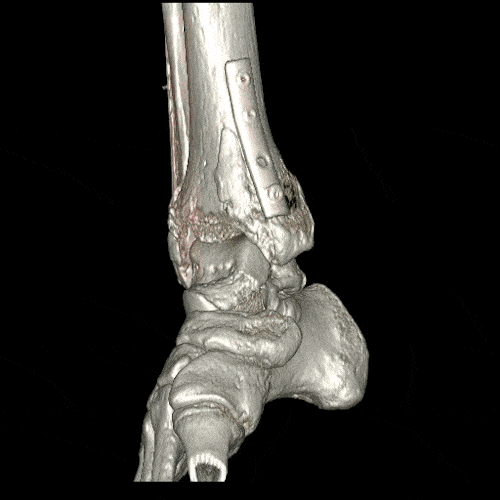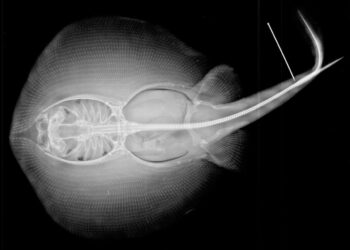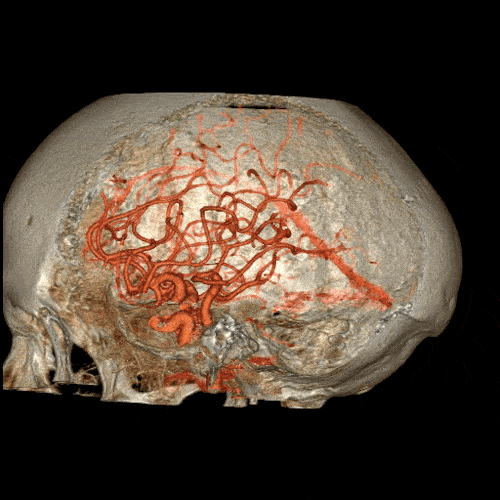
Computed Tomography (CT) is based on the x-ray principal: as x-rays pass through the body, they are absorbed or attenuated (weakened) at differing levels creating a matrix or profile of x-ray beams of different strength. But while x-rays can only be used to image the outlines of bones and organs, CT creates three-dimensional images of the body one narrow slice at a time.
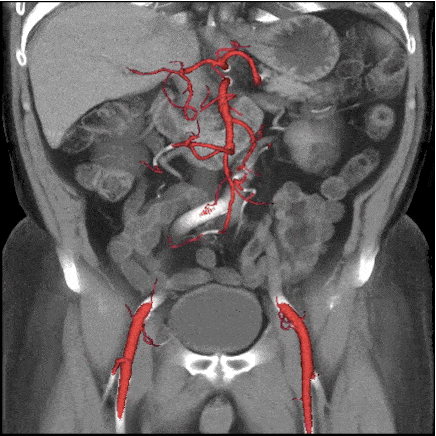
A CT scanner basically looks like a square shaped doughnut fitted with an x-ray tube mounted on one side and the banana shaped detector mounted on the opposite side. As the frame rotates, it takes timely snapshots of whatever or whoever rests inside it. Each time the x-ray tube and detector make a 360° rotation, an image or “slice” has been acquired and by stacking each slice atop another you eventually get a full 3-D image. If all this sounds familiar, it’s because CT is very similar to functioning magnetic resonance imaging (fMRI). Some key differences are that fMRI exploits powerful magnet and pulsing radiowaves, which do not emit potentially harmful radiation, unlike CT.
Where CT shines, however, is in its ability to image tissue inside the body otherwise unapproachable using other methods. All of the GIFs in this post were made from computer images taken using General Electric’s Revolution CT, first introduced in 2013. The device is designed to emit less radiation and provide more comfort. Guts, veins, brains and hearts have now been imaged in the gruesomest detail ever.
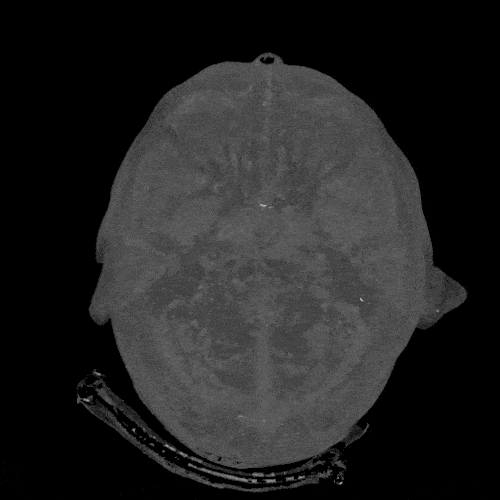
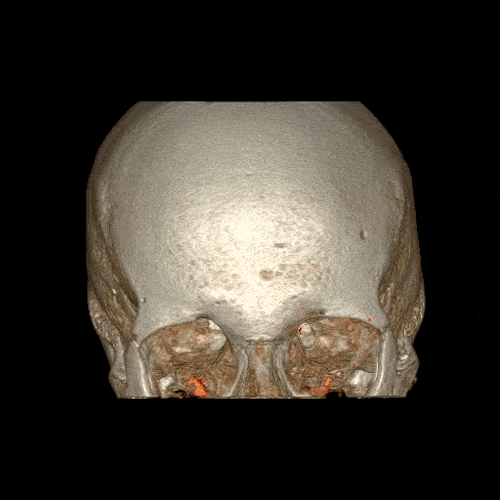
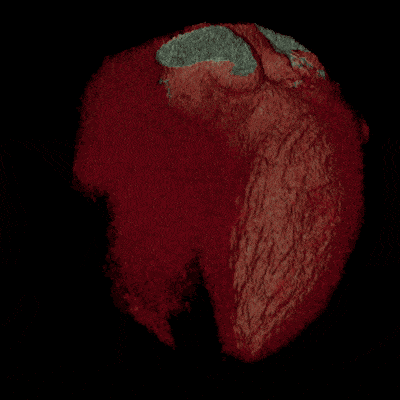
BONUS: still, high definition images taken with the Revolution CT
